- July 27, 2023
- Posted by: Uma Raj
- Category: Application Engineering
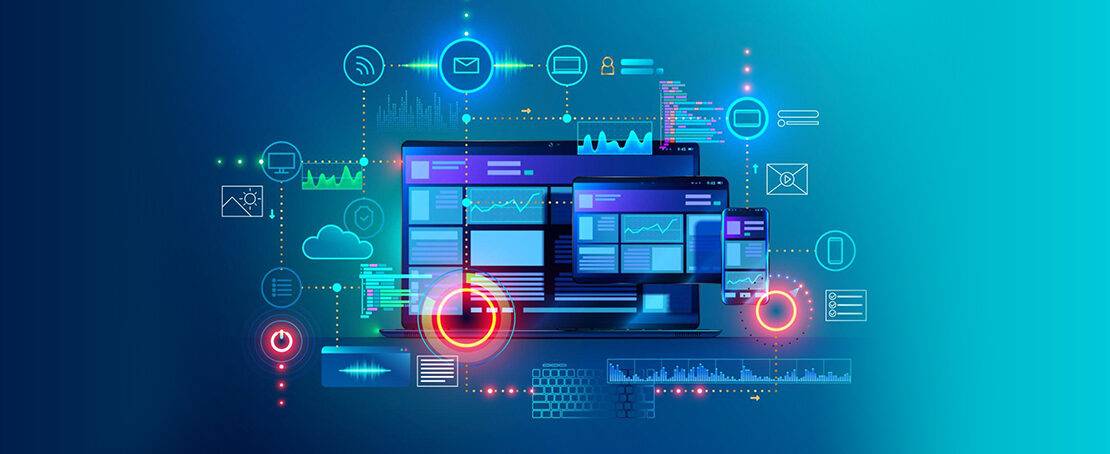
Modernize or fall behind
In today’s fast-paced digital world, businesses across all industries are facing increasing pressure to modernize and digitize their operations to keep pace with customer expectations and stay competitive. However, many companies still rely heavily on legacy applications, which were designed decades ago and are no longer able to meet the demands of the modern era. This lack of technological innovation not only impacts the efficiency and productivity of these organizations but also poses significant risks to their security and compliance. In fact, according to a recent report by ResearchAndMarkets, the global market for legacy application modernization is expected to grow at a staggering rate of 16.4% during the next few years. This trend highlights the urgency with which companies need to address this issue before they fall behind their competition or risk becoming obsolete.
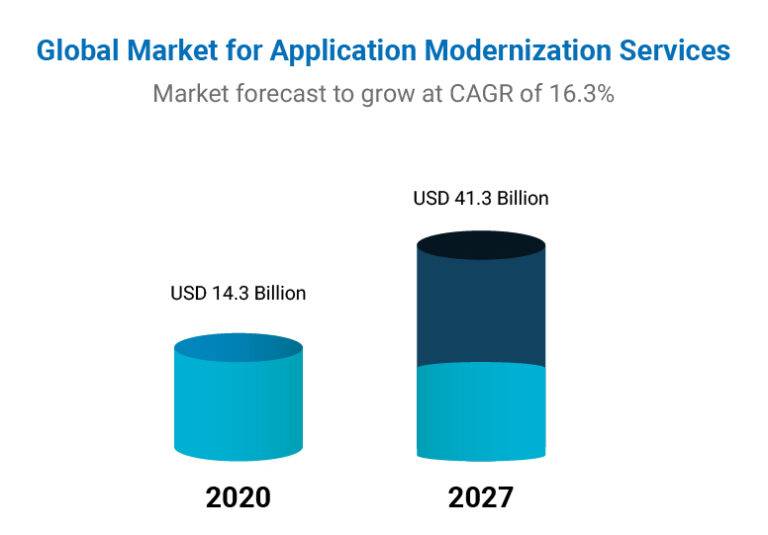 Source: Research and Markets
Source: Research and Markets
The urgent case for legacy app modernization
The era of legacy applications is coming to an end. Amidst this rapidly changing landscape, industries cannot afford to turn a blind eye to the urgent need for modernization. The consequences of neglecting legacy application modernization are dire, and the stakes are high, with operational efficiency, customer satisfaction, and competitive advantage hanging in the balance.
Research firm Forrester estimates that by 2023, 40% of companies will invest in a cloud-native-first strategy. These numbers underscore the transformative impact that legacy application modernization can have on organizations across industries.
By embracing modernization and leveraging the power of emerging technologies, organizations can unlock a world of opportunities, thrive in a rapidly evolving marketplace, and future-proof their businesses.
The landscape: Industries at crossroads
Markets and Markets forecasts that the application modernization services market is expected to grow to USD 32.8 billion at a CAGR of 16.7% by 2027.
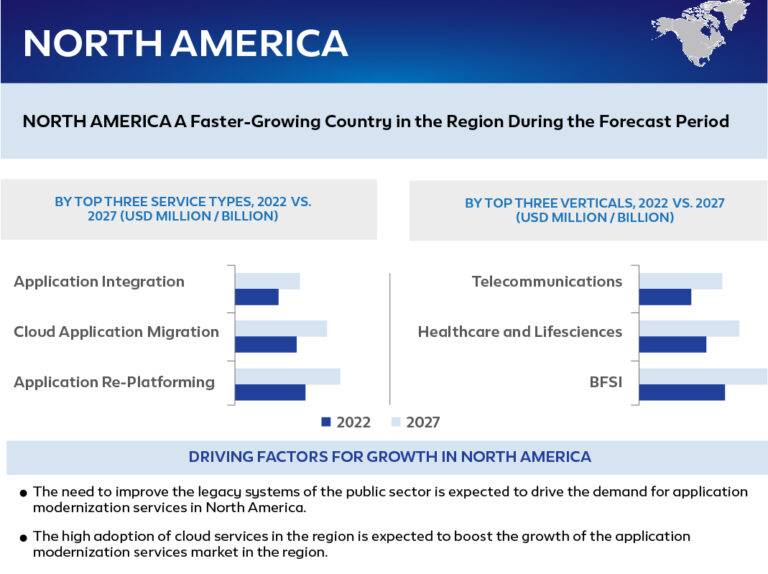 Source: Markets and Markets
Source: Markets and Markets
The BFSI sector, the bedrock of the global economy, is grappling with outdated core banking systems, hindering their ability to deliver seamless customer experiences and respond swiftly to market changes.
The research firm Gartner predicts that financial services companies will experience a digital capability gap that could widen. They also suggest that financial services organizations should future proof themselves to optimize costs and meet uncertainty.
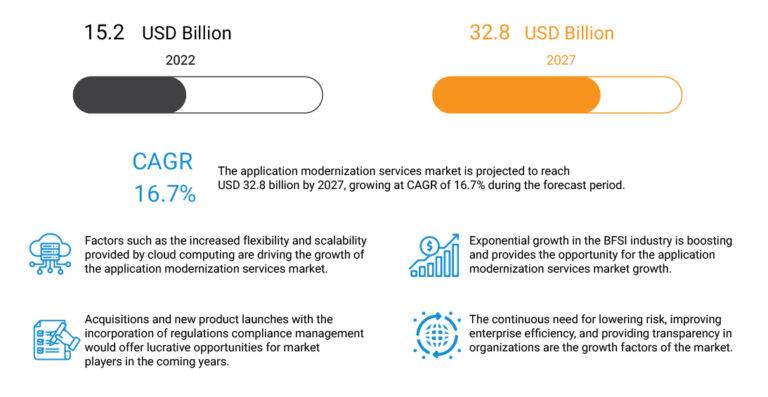 Source: Markets and Markets
Source: Markets and Markets
The technology sector itself is not immune to the problem of legacy systems. IT service providers, who are responsible for managing complex enterprise systems and delivering cutting-edge solutions, are finding themselves constrained by legacy systems that impede agility and hinder their ability to stay ahead in a fiercely competitive market. The race for digital dominance demands a shift towards modernization to leverage emerging technologies such as AI, cloud computing, and data analytics.
In the healthcare sector, outdated legacy applications can lead to compromised patient care and increased operational inefficiencies. Obsolete, inadequate systems in healthcare call for urgent modernization to improve patient outcomes, data access, and interoperability.
“Forrester forecasts that healthcare organizations will dismantle their technology adoption barriers by 2030, and 29% of evaluation and management visits will be delivered in a virtual care setting”.
Even the manufacturing industry, once a bastion of traditional practices, is feeling the pressure to transform. The reliance on outdated systems and manual processes hampers productivity and prevents companies from embracing the benefits of Industry 4.0 technologies like IoT, automation, and predictive analytics.
CBInsights reports that manufacturers are turning to technology to digitize and automate operations to stay competitive.
Without modernization, even the top global manufacturers will become victims of disrupted innovation and lag their competitors due to inadequate legacy application modernization strategies.
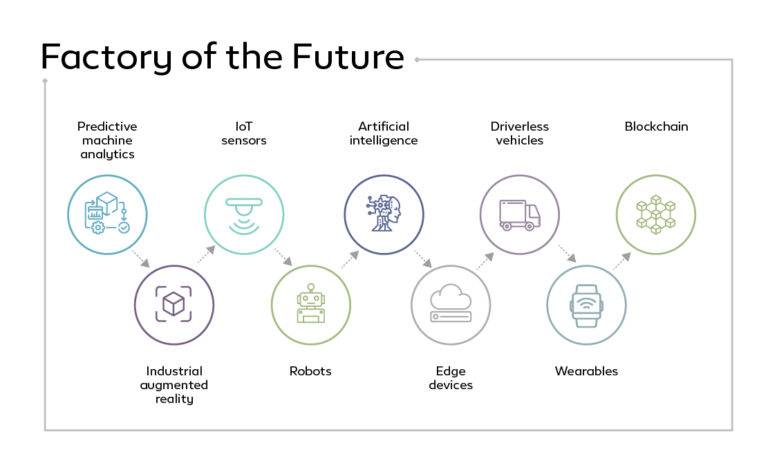 Source: VMware
Source: VMware
Break free from technological limitations – Secure your place as an industry leader
In today’s ever-evolving business landscape, industries such as BFSI, IT services, healthcare, and manufacturing find themselves wrestling with a common challenge: legacy applications. These outdated systems, once the backbone of organizations, are now holding them back from achieving their full potential. As industries strive to keep up with the demands of the digital age, ignoring the need for legacy application modernization is a perilous path to tread.
Let’s look at a couple of industries, for instance:
BFSI (banking, financial services, and insurance):
The banking industry has always been susceptible to cyber threats due to its reliance on customer account information, transaction records and other sensitive data. With increased regulations, such as the General Data Protection Regulation (GDPR) in Europe and the California Consumer Privacy Act (CCPA), there is a higher chance of fines and lawsuits if customer data gets compromised. Moreover, traditional banks face tough challenges from newer FinTech startups that offer a better user experience and faster payment processing times. For instance, legacy systems used by retail banks are causing delays for cross-border transactions due to manual reconciliation procedures and multiple layers of intermediaries that increase costs. By upgrading these systems, banks could significantly reduce costs associated with interchange fees, fraud detection, money transfer processing time, and manual labor required for settlement and reporting while simultaneously improving customer satisfaction.
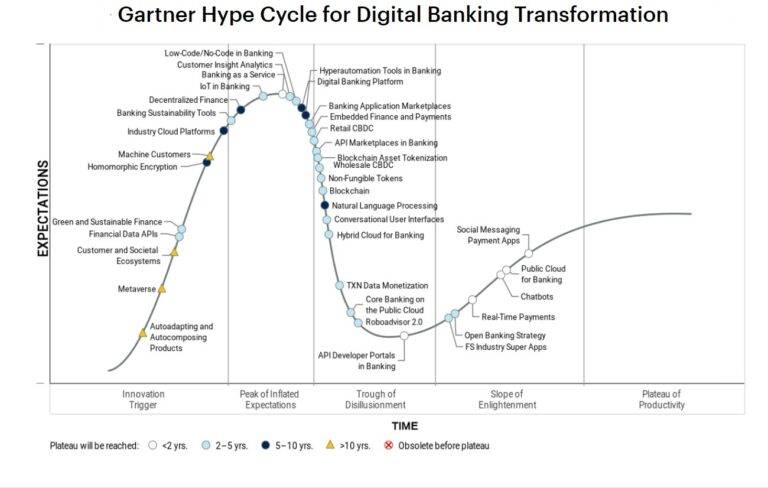 Healthcare:
Healthcare:
When considering the digitization of healthcare records and processes, one must take note of the sensitivity of patient data. Ensuring confidentiality, security, and protection against cyber threats becomes critical since any breach of personally identifiable information (PII) information may have serious legal implications. Moreover, safety concerns surround connecting medical equipment due to the potential risks to human life if hacked or malfunctions. The IoMT (Internet of Medical Things) offers unique opportunities for monitoring patients remotely and reducing hospital stays, leading to significant savings over time. Thus, the selection of appropriate technologies deserves close evaluation to guarantee safety and reliability, which are the preconditions for success in the era of telemedicine.
Thrive or wither – Go where no one has gone before
The need for application modernization arises from several factors. Legacy systems often suffer from outdated architectures that limit their ability to integrate with newer technologies. They may also lack the scalability required to handle increasing data volumes or user demands. Furthermore, maintaining these systems can be costly and time-consuming.
By embracing application modernization, businesses can unlock a multitude of benefits. They can streamline operations by automating manual processes and reduce reliance on outdated technologies. This not only improves efficiency but also frees up resources that can be allocated toward strategic initiatives.
Moreover, modernized applications enable organizations to deliver enhanced customer experiences. By leveraging advanced analytics and AI-driven insights, businesses can gain a deeper understanding of their customer’s preferences and behaviors. This allows for personalized interactions and tailored offerings that drive customer satisfaction and loyalty.
Furthermore, artificial intelligence (AI) and machine learning (ML) have revolutionized how applications are developed and operated. AI-powered tools can analyze vast amounts of data to identify patterns, predict outcomes, automate processes, enhance security measures, and personalize user experiences. ML algorithms can continuously learn from user interactions to optimize application performance or provide intelligent recommendations.
In addition to these advantages, application modernization future-proofs organizations by ensuring they remain adaptable in an ever-changing technological landscape. By embracing emerging technologies early on, businesses can stay ahead of the curve and seize new opportunities as they arise. Application modernization is not just a choice but a necessity for organizations looking to thrive in today’s digital age. By going where no one has gone before in terms of technology adoption and transformational strategies, businesses can evolve rather than become obsolete.
Embrace modernity with Indium – Unlock new growth opportunities
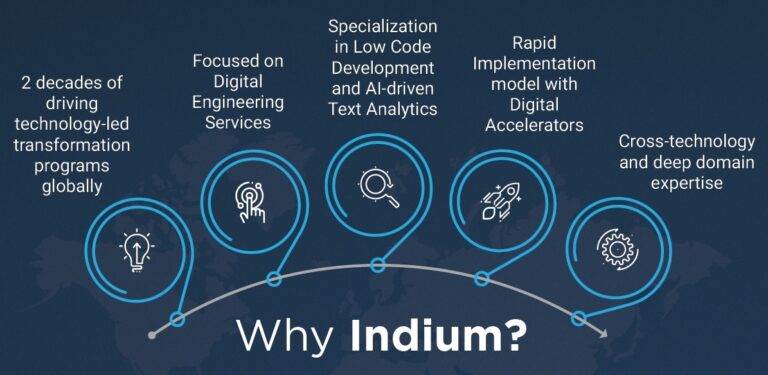 When it comes to application modernization, Indium stands as a true pioneer, leading the way with its unparalleled expertise and track record of delivering highly workable solutions to clients across the globe. With a deep understanding of the challenges faced by industries in their quest for digital transformation, Indium brings forth a wealth of knowledge and experience in helping organizations embrace modernity. By leveraging cutting-edge technologies, agile methodologies, and a customer-centric approach, Indium empowers businesses to unlock new growth opportunities. Whether it’s revamping legacy systems, adopting cloud-native architectures, or embracing emerging technologies like AI and machine learning, Indium’s application modernization services provide the catalyst for organizations to propel themselves into the future and stay ahead in today’s dynamic marketplace.
When it comes to application modernization, Indium stands as a true pioneer, leading the way with its unparalleled expertise and track record of delivering highly workable solutions to clients across the globe. With a deep understanding of the challenges faced by industries in their quest for digital transformation, Indium brings forth a wealth of knowledge and experience in helping organizations embrace modernity. By leveraging cutting-edge technologies, agile methodologies, and a customer-centric approach, Indium empowers businesses to unlock new growth opportunities. Whether it’s revamping legacy systems, adopting cloud-native architectures, or embracing emerging technologies like AI and machine learning, Indium’s application modernization services provide the catalyst for organizations to propel themselves into the future and stay ahead in today’s dynamic marketplace.
Final words
The journey from dated to dynamic is not an option; it is a necessity. Industries must heed the call for legacy application modernization if they wish to stay relevant, agile, and competitive. The statistics speak volumes, highlighting the significant benefits that await those who choose to embrace modernization. It’s time for organizations across BFSI, IT services, healthcare, and manufacturing to seize the opportunity and embark on a transformative path, leaving behind the shackles of legacy systems and embracing a dynamic future. The time to act is now, and the rewards are boundless.
Looking to modernize your legacy platform but don’t know where to start? Reach out to us for a quick demo.
